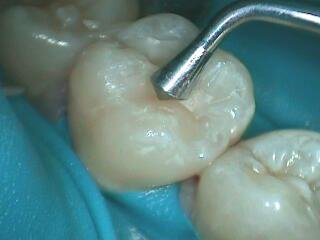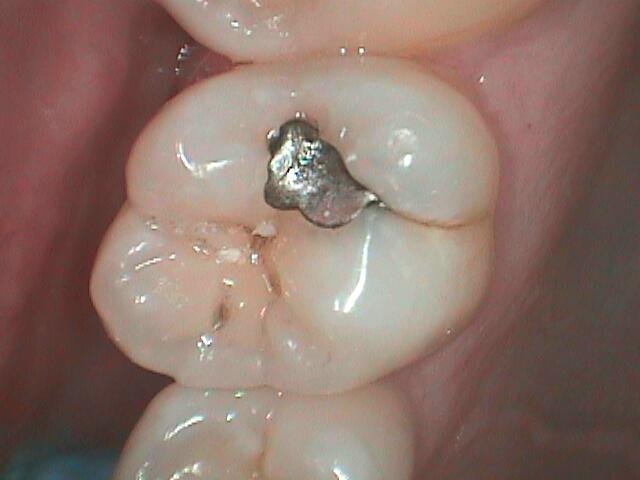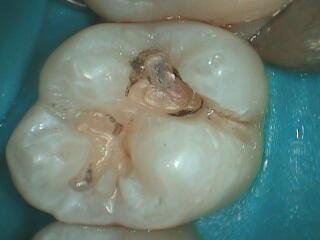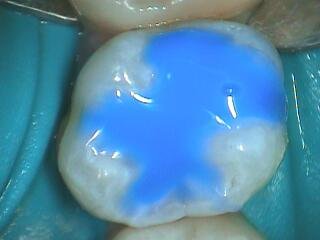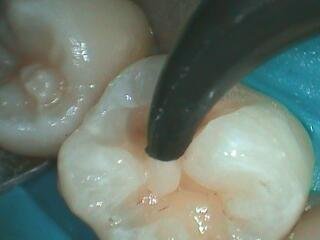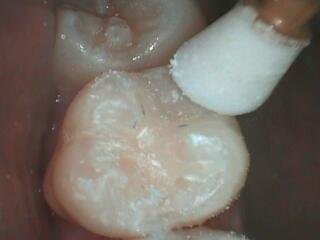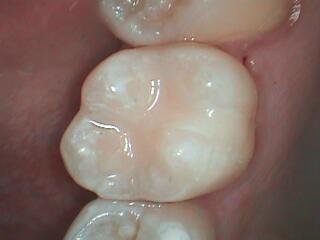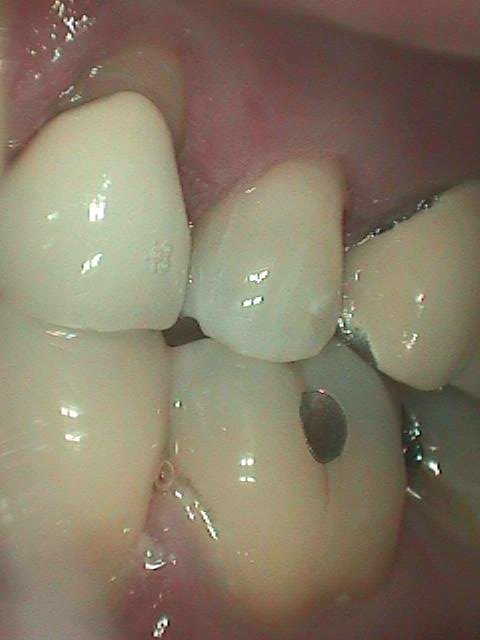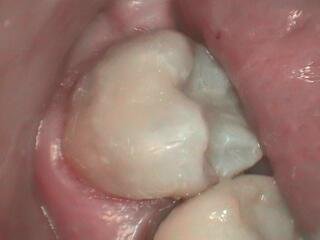From the September 16, 2013 edition of ADA News:
“Teeth cleanings and dental X-rays are safe for pregnant women, according to recommendations issued by The American College of Obstetricians and Gynecologists. OB-GYNs are being advised to perform routine oral health assessments at the first prenatal visit and encourage their patients to see a dentist during pregnancy, the College said in a July 26 statement.”
(View the statement: http://www.acog.org/About_ACOG/News_Room/News_Releases/2013/Dental_X-Rays_Teeth_Cleanings_Safe_During_Pregnancy)
X-rays? Yes, X-rays. Dental x-rays have produced very small amounts of radiation for a very long time. A full set of x-rays, even with the older film technique, produced as much radiation as standing outside for 10 minutes. Today’s digital radiography produces approximately 1/8 of that already low amount. Dental professionals step out of the room during exposure because radiation is cummulative. None of us should be exposed to it every day all day long. Protective shields covering abdomen and thyroid are used on all patients, and has been standard for decades.
Also from the ADA News article, “…local anesthesia (with or without epinephrine) are safe during pregnancy.”
“…conditions requiring immediate treatment, such as extractions, root canals, and restoration (amalgam or composite) of untreated caries, may be namanged at any time during pregnancy. Delaying treatment may result in more complex problems.”
“For patients with vomiting…the use of antacids or rinsing with a baking soda solution (i.e., 1 teaspoon of baking soda dissolved in 1 cup of water) may help neutralize the associated acid.” Acid is the cause of dental decay.
In Washington State, pregnant women are eligible for free dental care during pregnancy thru Medicaid.
Mothers transmit their oral bacteria to their babies, who are born with no oral bacteria. Good oral health for Mom, especially during pregnancy, reduces her own oral bacteria and thus reduces what she transmits to Baby. Rinsing with a non-alcohol antibacterial mouth rinse such as Chlorhexidine is recommended for pregnant women.
Health care providers weigh risks and benefits of treatment and non-treatment. Lack of oral health care during pregnancy presents unnecessary and avoidable risk to Baby. Care for Mom = Care for Baby.
Smiles,
Dr. Cook





